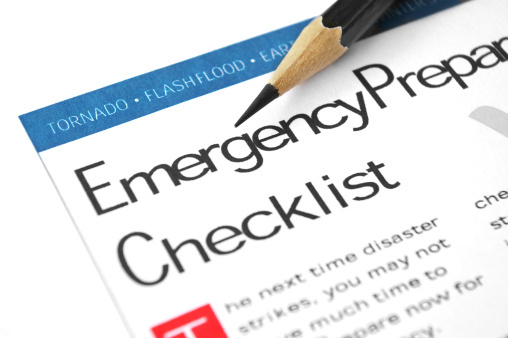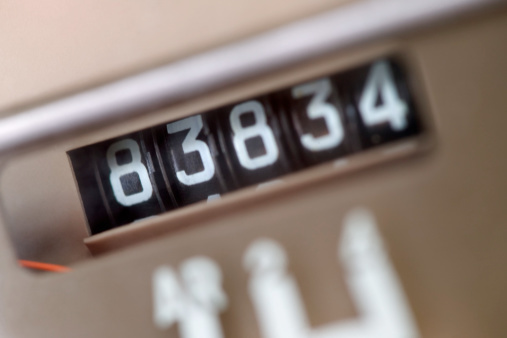You have no control over when a disaster strikes, but you do have ultimate control over what your response will be. That’s why smart people put together a disaster recovery plan because anything can happen. In other words, you are forced to think about the unthinkable.
Here’s some advice on how to create a good disaster recovery plan that will get your business up and running again as quickly and painlessly as possible. For further information, check out “The 10 Commandments Of Disaster Recovery”, which delves into some real nuts and bolts specifics, and elaborates a little more on some of the following points.
Put Together A Disaster Recovery Team
For starters, you need a group of go-to people for when things go bad. This team should consist of representatives of all essential departments and, if your business has more than one site, someone from each location. And as with any team, it will require a spokesperson to act as the representative between the team and corporate.
Perform A Risk Assessment
Identify the risks faced by your company’s information systems, communication, physical work space, and access.. This is where you ask the hard questions about what systems are the most important and need immediate attention (like performing triage, only before any incident unfolds).
Write Up A Plan, Keep It Offsite
The cleverest, most comprehensive recovery plan will do you little good if it’s stored in your office building, the one that happens to be on fire at the moment. This plan needs to be stored offsite, and in hard copy, by the way. Electronic data requires electronic devices to read it, and if there’s no power (or devices, for that matter), then you’re sunk.
Make Sure Everyone Knows It
You would think this would be something so obvious that it wouldn’t need mentioning. Unfortunately, you would be wrong in this instance. It’s amazing how often the words “I wasn’t aware of this … ” come up, even in situations where it should be screamingly obvious that everyone should know about it. In other words, never assume. Bring everyone up to speed, and make sure they are all familiar with the plan.
Backup, Backup, Backup
Did we happen to mention backup? Follow the Rule of Three and routinely back up three copies of all data crucial to your company’s continued operation, and make sure you use at least two different media and they are stored offsite. For instance, you could have your data stored in the cloud, tapes or other physical media located in a different site, and a hard drive backup at the office itself. It will be hard to implement a disaster recovery plan if one of the steps is “restore old data”, and that data is gone.
Plan For Internet Access And Call Center Access
Finally, make sure that your Internet and communications are uninterrupted, even if it means having overlapping providers. Make sure you have a cloud-based system that allows remote access regardless of location. Call center functionality is important in order to maintain contact with customers and let them know your status. Simply going dark isn’t an option; clients tend to get nervous when that happens.
There are more suggestions and tactics that you can employ for your disaster recovery plan, but this batch of ideas is more than enough to give you a good start. Here’s hoping you never have to use your plan.



